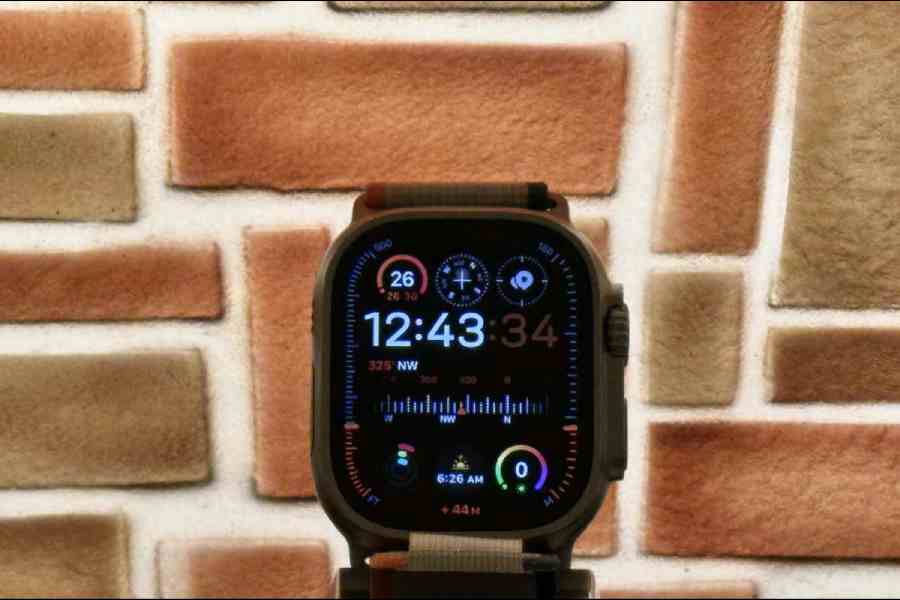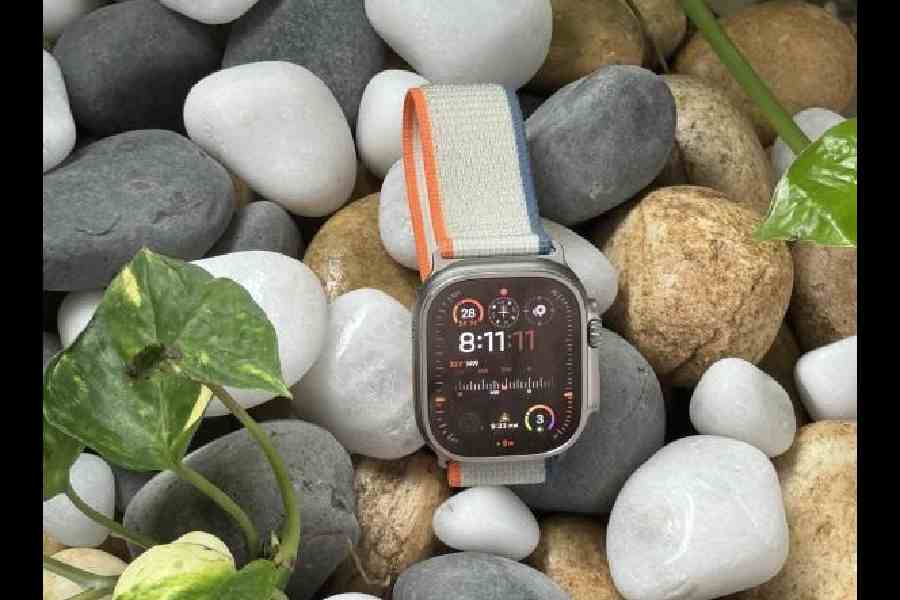There are a few things we have been told for years and they will always be relevant. Regular exercise strengthens the heart muscle and it’s necessary to get seven to eight hours of sleep each night. Of course, there is also the need to maintain a healthy weight and eating right.
This is where a device like the Apple Watch comes into play, which points the user in the right direction. It can estimate cardio fitness levels using its powerful sensors and users can see how it changes over the past week, month, or year. There are notifications if levels are in the low range and also guidance on improving it over time and having a conversation with the doctor. February is American Heart Month but no matter where we are, it’s important to pay attention to cardiac health.
The Apple Heart and Movement Study — a public study led by Apple and launched in 2019 — has shared new findings on cardio fitness and activity over the past year.

Cardio fitness, as measured by VO2 max, is the maximum amount of oxygen the body can use during exercise, and it can be increased through physical activity
Physical activity and cardio fitness play a key role in heart health. Cardio fitness, as measured by VO2 max, is the maximum amount of oxygen the body can use during exercise, and it can be increased through physical activity.
“Understanding VO2 max across the life cycle will allow us to decipher the reasons why individual’s exercise capacities differ and how these differences relate to longer term wellness and disease prevention,” says Dr Calum MacRae, a cardiologist, professor of medicine at Harvard Medical School, and principal investigator of the Apple Heart and Movement Study.
As far as activity is concerned, researchers from Brigham & Women’s Hospital have some interesting observations, especially in terms of recommended activity goals: 54.8 per cent of participants averaged 150 minutes or more of moderate aerobic activity per week, with the percentage increasing with age and slightly higher for males.
On cardio fitness, a few interesting observations are:
Participants with higher cardio fitness levels averaged more than 15 minutes of activity than lower fitness levels per day.
Participants with higher cardio fitness logged a higher percentage of workouts during the morning hours, an average of 36 per cent of workout for higher versus 28 per cent for lower. Conversely, participants with lower cardio fitness levels tended to log more activity in the evening, 28.5 per cent for higher versus 36.2 per cent for lower.
“The ability to follow VO2 max longitudinally and correlate this with specific patterns of activity will allow us to tailor advice for the individual on the best ways to gain and maintain cardio fitness,” says Dr MacRae.
Here are five ways users can stay closer to their heart health.
Cardio fitness
The cardio fitness feature provides a scientifically validated estimate of VO2 Max (your body’s ability to intake oxygen during
exercise). You can opt in to receive a notification if classification drops to “low”, which is associated with risks of long-term health conditions. You can improve on this by exercising more frequently.
High and low heart rate notifications
The smartwatch passively checks for unusually high or low heart rates when you are at rest. It can help identify situations that may require further evaluation. If a user’s heart rate is above 120 bpm or below 40 bpm while they appear to have been inactive for 10 minutes, they will receive a notification. Users can adjust the threshold bpm or turn these notifications on or off.
Irregular rhythm notifications
From time to time, it looks at your heartbeat to check for an irregular rhythm that might be suggestive of AFib. AFib is a type of irregular heart rhythm where the upper chambers of the heart beat out of sync with the lower chambers. Some individuals with AFib don’t experience any symptoms, and if left untreated, AFib leads to problems.
ECG app
An oft-used feature, users who experience symptoms, such as rapid or skipped heartbeat, can capture an ECG and record their symptoms. The ECG app uses the electrical heart sensor built into the Digital Crown and the back crystal to record a single-lead ECG.
Afib History
It offers an estimate of the amount of time your heart shows signs of AFib for users who have been diagnosed with the condition.











